MAUNKA: Why It’s The Honey of ALL Honeys!
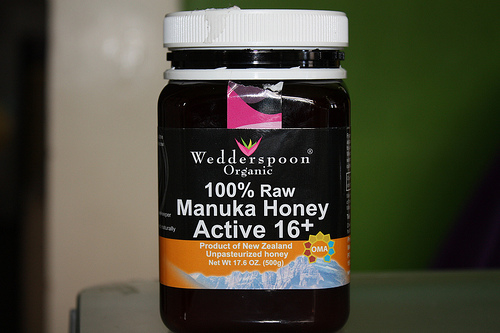
Manuka honey is being touted as an amazing superfood, thanks to its reported therapeutic properties. It’s considered the honey of ALL honeys, actually.
This honey is made from Manuka trees, which are also known as tea trees. You’re probably familiar with tea tree oil. It’s well-researched and highly regarded for its intense antibacterial, antifungal and even antiviral effects. Researchers also found that tea tree oil is effective against methicillin-resistant staphylococcus aureus, better known as MRSA bacteria. And specific microbiology research found that tea tree oil was effective against fungi linked to athlete’s foot.

This said, then, what about the honey made from pollens from this highly beneficial tree? How is it different from all other honey found throughout the world? Dr. Michelle Schoffro Cook, PhD, DNM, who researches and writes for the site, Care2, explains it this way, “Manuka contains numerous compounds that separate it from other types of honey, including the following natural substances:
Methylglyoxal (MGO)—MGO has been found to be effective against numerous types of bacteria including: Proteumirabilis and Enterobacter cloacae.
Dihydrooxyacetone (DHA)—DHA is found in Manuka flowers and is converted into MGO during honey production.
Leptosperin—Leptosperin is found in Manuka and some other plants that are relatives of the tea tree.”
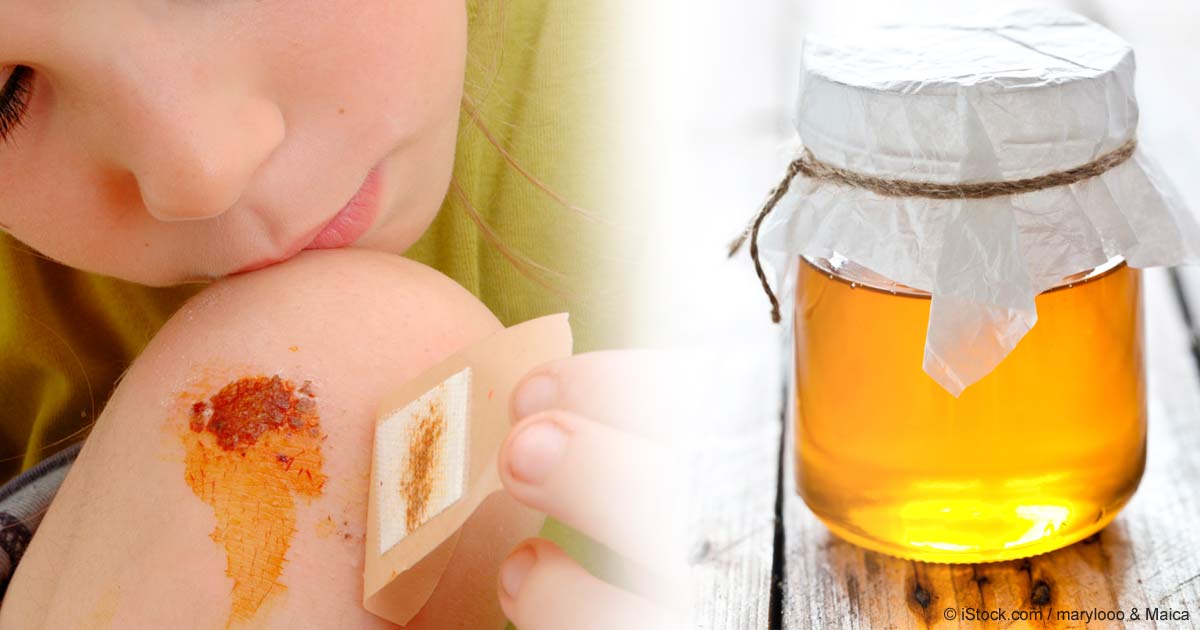
Medical journal studies report Manuka honey is significantly effective at killing 6 different types of bacteria commonly found in skin wounds and is even effective against some drug-resistant bacteria strains.
This is wonderful news considering we’re facing growing antibiotic resistance. Worldwide research is showing that this amazing honey demonstrates antibacterial action against 60 species of bacteria, including: E. coli and salmonella (both linked to food poisoning). And when ingested, research is showing it helps slow the progression of breast cancer.
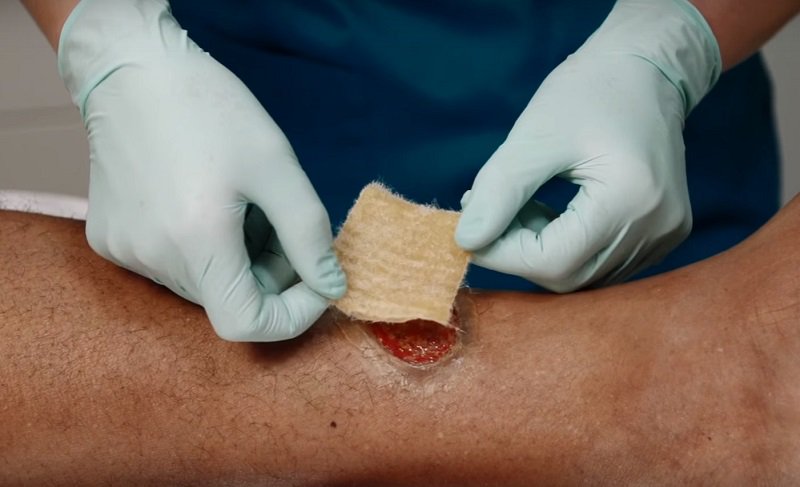
While all honey in general has been found to be helpful in the healing of burns and wounds, evidence shows Manuka honey is especially powerful. So much so that even diabetic wounds respond quickly to it.
But, this is a specialty honey that comes with a higher price tag. For instance, a very reliable brand, Wedderspoon, sells their 16-17.6 ounce jar for $39.99. The good news though, is that a tiny amount goes a LONG way. It’s that powerful.
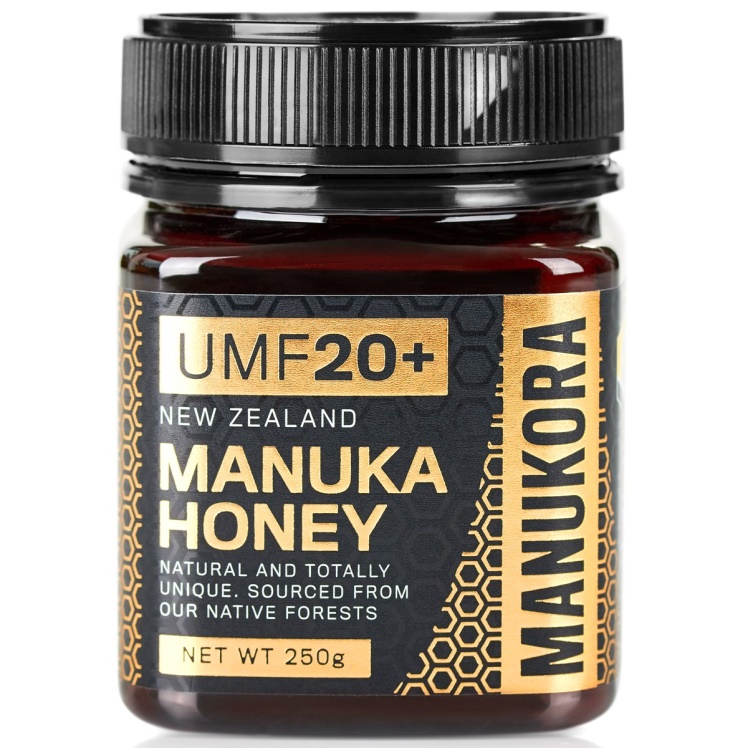
When buying Manuka, watch for the Unique Manuka Factor (UMF) mark on its packaging; you want Manuka that’s been licensed by the UMF Honey Association. Choose a product that has a rating of 10+ or higher since this number reflects the amount of the key ingredients MGO, DHA and leptosperin. You can enjoy Manuka like you would any honey (on toast, in oatmeal or yogurt, and so on) or apply it to wounds. Manuka honey with the 10+ or higher rating is considered a medical grade honey, perfect for wound dressing.
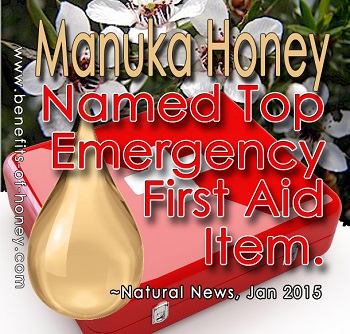
While the research on Manuka honey is still in its early stages, the findings are so consistent worldwide, that it’s being given the green light for all the above-mentioned uses. If you want a natural treatment for bacterial infections, wound treatment, and breast cancer, then Manuka honey is the one to keep in the kitchen, the pantry, even the medicine chest. Hands down research says it’s the honey of all honeys!
- www.naturalthrifty.com
- www.pinterest.com
- www.mercola.com
- www.naturallivingideas.com
- www.maukora.com
- www.benefits-of-honey.com
 Alice Osborne
Alice Osborne
Weekly Newsletter Contributor since 2006
Email the author! alice@dvo.com
